Image source: China Visual
 (资料图片)
(资料图片)
By Rao Xiangyu and Huixia Sun
BEIJING, August 17 (TMTPOST) – Chinese smartphone maker vivo has become the latest target of Indian law enforcers in a series of moves against Chinese companies on the pretext of money laundering, tax or other legal compliance issues. About US$60 million at 119 bank accounts related to vivo’s operations in the southern Asian country was frozen after the raid against its offices and plants in July.
OPPO, vivo’s Chinese rival in the Indian market, has been accused of evading customs tax of 43.9 billion Indian Rupees (about US$551 million) by the Directorate of Revenue Intelligence. On July 21, Zhao Ming, the CEO of Shenzhen-headquartered Chinese cellphone maker Honor, announced the exit of their staff from India and the company would adopt a “very prudent approach” to their business operations in Indian markets. On July 15, tech giant Huawei was raided by Indian tax authorities.
“A raid targeting a Chinese firm often involves five hundred to six hundred of Indian law enforcement officers, sometimes with weapons,” said Xiang Nan, a Chinese venture capitalist.
In a typical raid, a Chinese company’s key personnel, upstream suppliers and downstream distributors would be ransacked while some senior executives would be questioned for five to six days. All cash, precious metals, electronic devices would be seized after the raid. The law enforcement agencies would also engage third-party accounting firms and consultancies to do additional investigative work.
Foxconn, CRRC Yongji Electric Co., Ltd, Shenzhen Zhenhua Data and ZTE have also been searched by Indian law enforcement agencies since August 2020.
The once-friendly business environment of India is changing drastically. “In addition to cellphone makers, Chinese companies of home appliances and machinery are also being investigated, “ Xiang told TMTPost. “Over 500 Chinese companies are under investigation in India,” he added.
In 2019, the South Asian nation banned 118 apps with links to China, citing national security concerns. It came at the height of border disputes between the two Asian countries. In the wake of the app bans, the raids against Chinese firms started.
Dispute Over Customs TaxesXiaomi, like OPPO, was also involved in the customs tax dispute. The royalty and licence fees paid by Xiaomi India to Qualcomm USA and to Beijing Xiaomi Mobile Software Co. Ltd., China, a related party of Xiaomi India, were not added into the transaction value of the goods imported by Xiaomi India and its contract manufacturers, according to a statement released by the Finance Ministry of Finance of India. Xiaomi India was required to pay 6.53 billion rupees (about US$87.8 million) in import taxes accumulated from April 1, 2017 to June 30, 2020 following searches of Xiaomi India premises. Xiaomi India, as the “beneficial owner of such imported mobile phones, the parts and components thereof,” was evading customs duty, the statement added.
Xiaomi has denied the Indian government’s accusation. The tax issue was due to the disagreement over the method to determine the prices of imported goods, Xiaomi said.
The Income Tax Department of India warned last December that Xiaomi and its Chinese peer OPPO could face up to 10 billion rupees (US$135 million) penalty after its nation-wide raids revealed these two companies had remitted the royalty of more than 55 billion rupees (about US$740 million) to their overseas parent companies, violating the regulatory mandate for transaction disclosure.
Xiaomi India appealed the decision in the state court but OPPO decided to pay the customs taxes. The final court ruling over Xiaomi’s appeal is expected in September.
On July 5, Indian authorities searched 48 locations of vivo India and 23 other companies with business connections. On July 7, about 4.65 billion rupees (about US$60 million) saved at 119 bank accounts, including 660 million rupees (about US$9 million) in savings accounts, 2 kilograms of gold bars and 730,000 rupees (about US$9,500) of cash, was frozen.
vivo’s distributors were accused of using fake ID documents and company addresses and inflating expenses through related parties to reduce profits.
The registered offices of GPICPL, one of vivo’s related party companies in India, were actually Indian government buildings or residential addresses of senior officials. vivo India was accused of channeling about half of the profits to China while reporting net losses in India to avoid paying income tax.
vivo has appealed before a local court. vivo said they are cooperating with enforcement agencies to provide all the information required by them. “As a responsible company, vivo India strictly complied with all local laws and regulations,” said vivo in a statement. On July 13, Indian court handed out a ruling to defreeze vivo’s bank accounts and also require it to provide US$119 million as a collateral to the bank.
Chinese Firms’ Dominance Versus Make In IndiaIn 2021,162 million cellphones were shipped for the India market, of which 40.50 million were from Xiaomi’s factories or a quarter of total shipments, according to Canalys’ data. South Korean Samsung and vivo ranked the second and the third, with market shares of 19% and 16%, respectively. Chinese cellphone makers had a combined market share of 75% in the past three years.
Crackdowns that were initiated to protect local businesses might affect Chinese firms’ confidence in the business environment in India and their future investment decisions in the country, said Yang Yishuang, associate professor at the Research Institute for Indian Ocean Economies of Yunnan University of Finance and Economics.
“China has been making investments in India, creating a lot of employment opportunities in the country and contributing positively to the local economy,” said Gao Feng, spokesperson of China’s Ministry of Commerce, urging India to provide a fair, transparent and non-discriminatory environment for Chinese companies.
vivo entered Indian markets in 2014 and started to buy land and build factories in the country in 2015. It bought land again in 2018 to expand the production capacity. vivo India’s factories employ 10,000 Indians and are expected to increase an annual production capacity to 60 million units from the current 50 million units. It also aims to export cellphones overseas from India from 2022.
About 95% of Vivo’s battery supply chain is located in India. About 60% of the supply chain for the cellphone screen is expected to be in India by 2023. About 75% of the charger supply chain will be located in India in 2024, compared with 60% in 2022.
“The root cause of the hunt-down of Chinese cellphone makers is related to the “Make In India” strategy,” Xiang told TMTPost.
“Initially India introduced foreign companies into the country. The Indian government lured Chinese cellphone companies such as Xiaomi, OPPO and vivo India. After their entry, the government gradually increased tariffs, prompting foreign companies to move the supply chain into India. After a few years, India would have the entire cellphone industry chain,” said Xiang.
As of 2021, Chinese cellphone makers had invested a total of US$3 billion to build over 200 factories in India and incorporated 500 trade companies, generating new jobs of over 500,000. Indian contract suppliers to Chinese firms totaled 268. Over 95% of cellphones sold in India were made in local factories.
As of the first quarter of 2022, almost 100% of cellphone components made by Chinese-owned firms were made in India, compared with Samsung’s 97% and Apple’s nearly 60%, according to Counterpoint Research.
“As India gains its control over the cellphone production, they will surely crack down on foreign companies in order to support local cellphone manufacturers,” argued Xiang.
关键词: English

















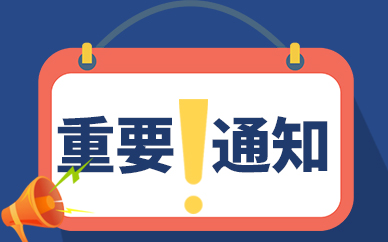
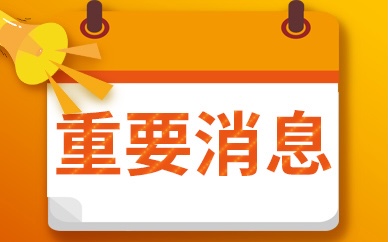



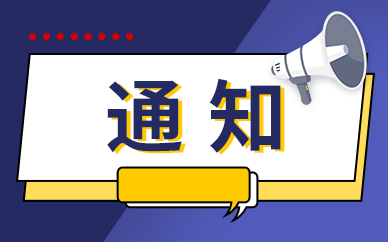



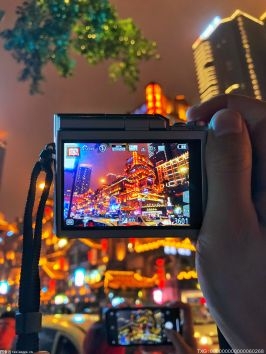
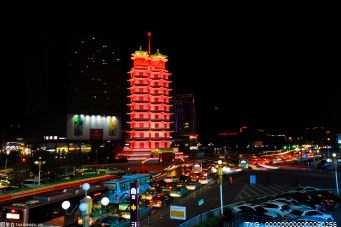


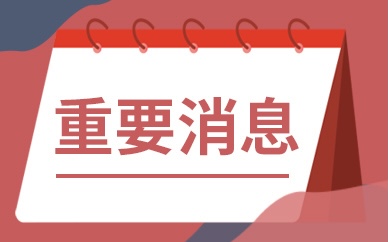

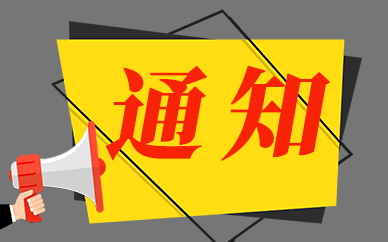
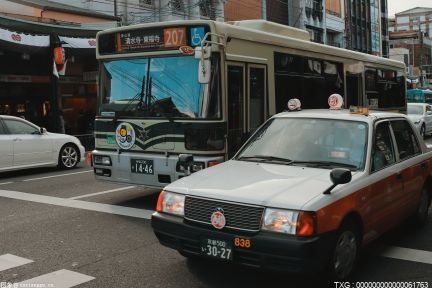
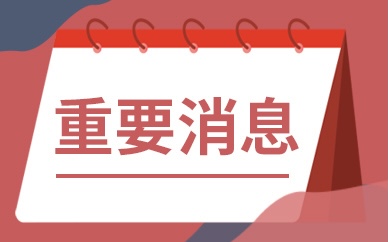




















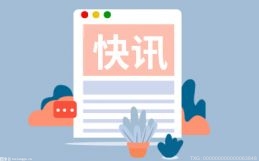





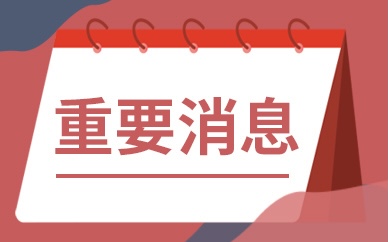




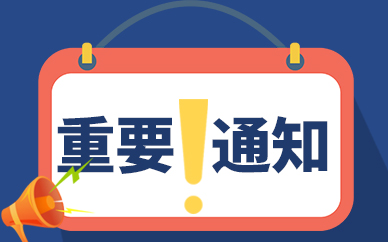























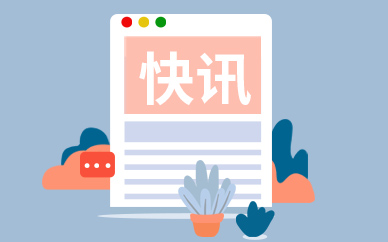




 营业执照公示信息
营业执照公示信息